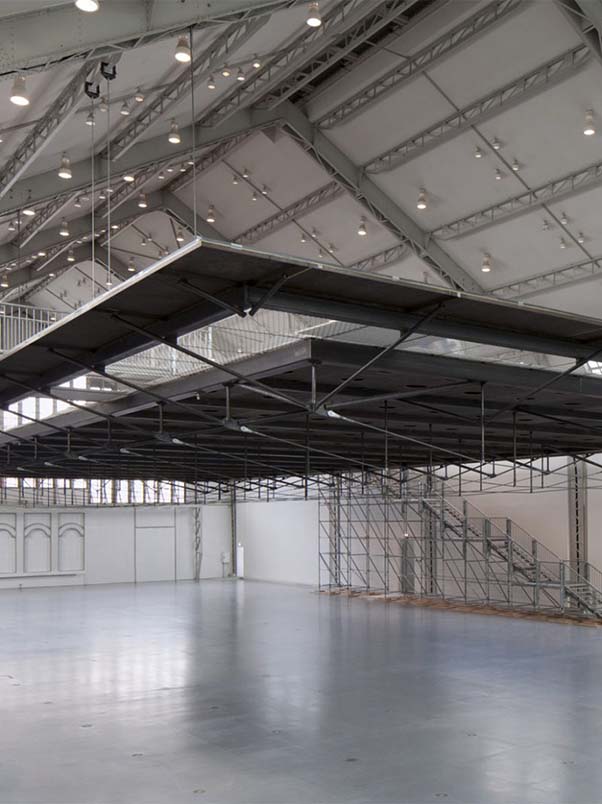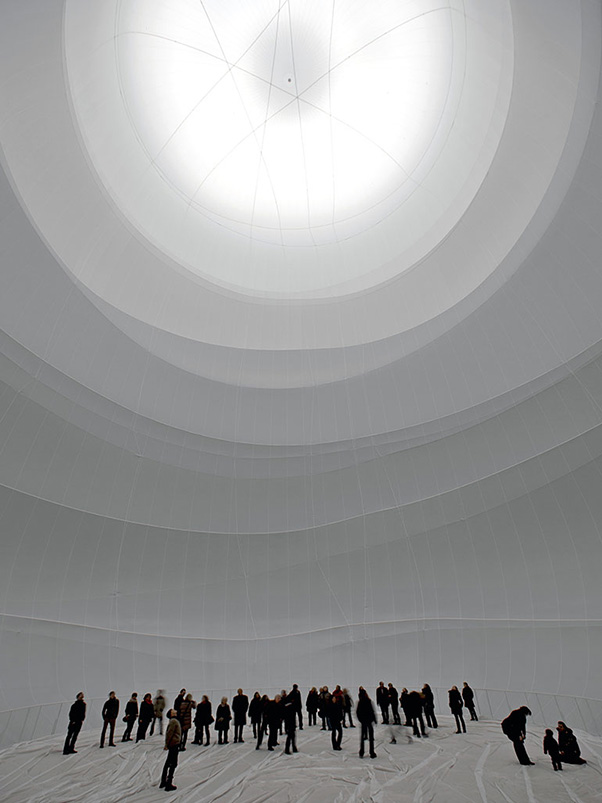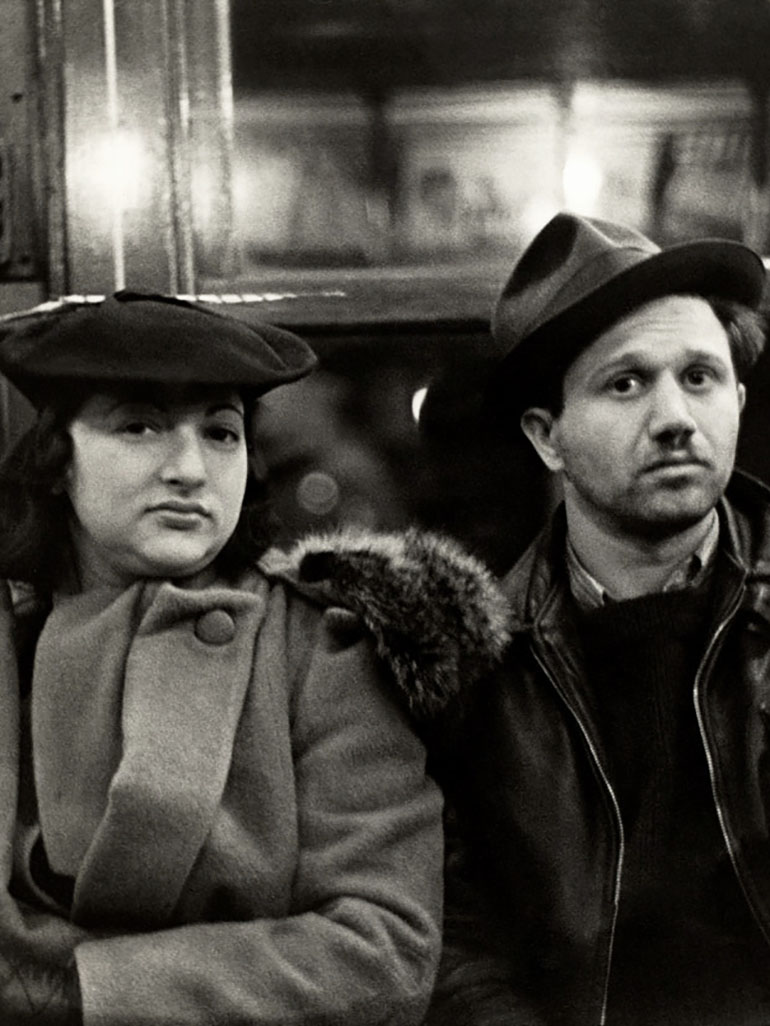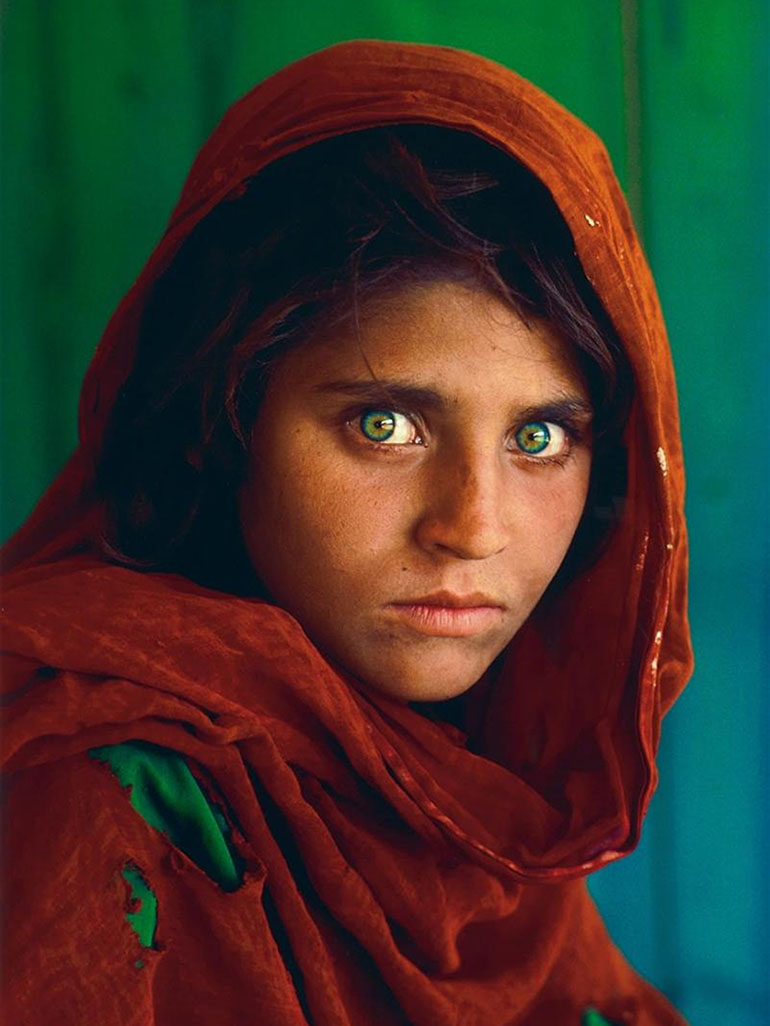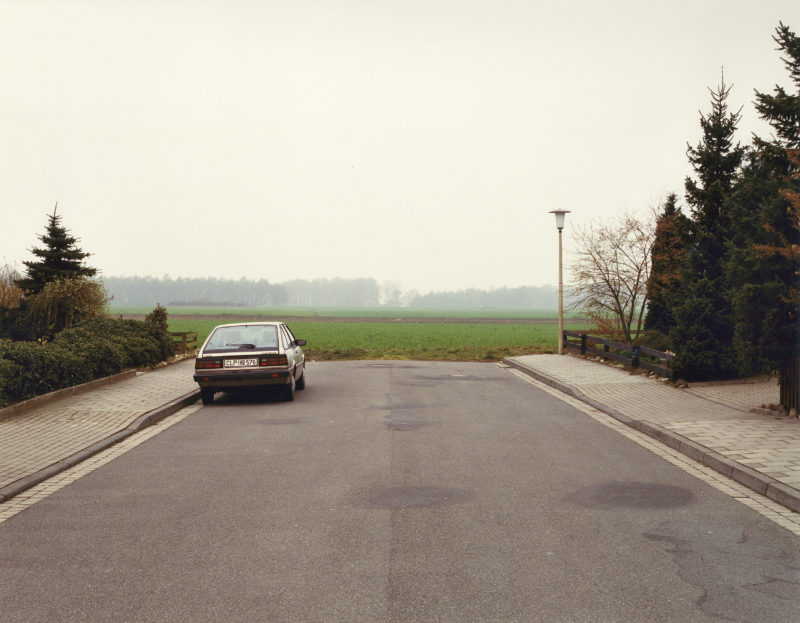
Who is Laurenz Berges?
The photographer Laurenz Berges 1 originated from Cloppenburg in Germany 2. He received his training at the Folkwangschule in Essen. His work has always been shrouded by cultural undertones and connotations deeply rooted in the Second World War and its impact on society.
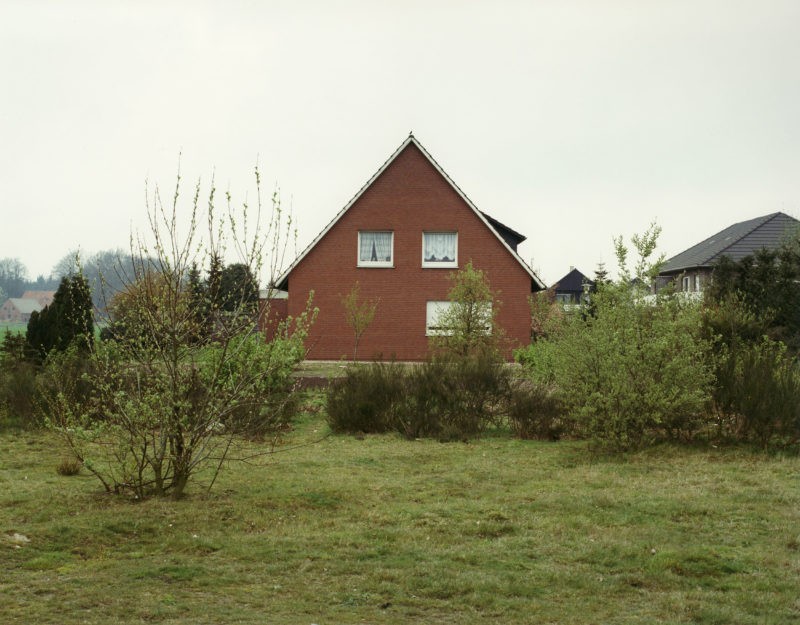
Like many other German artists of his day, Berges has created a reputation for himself for creating art pieces and works that are characterized by politics and political decisions.
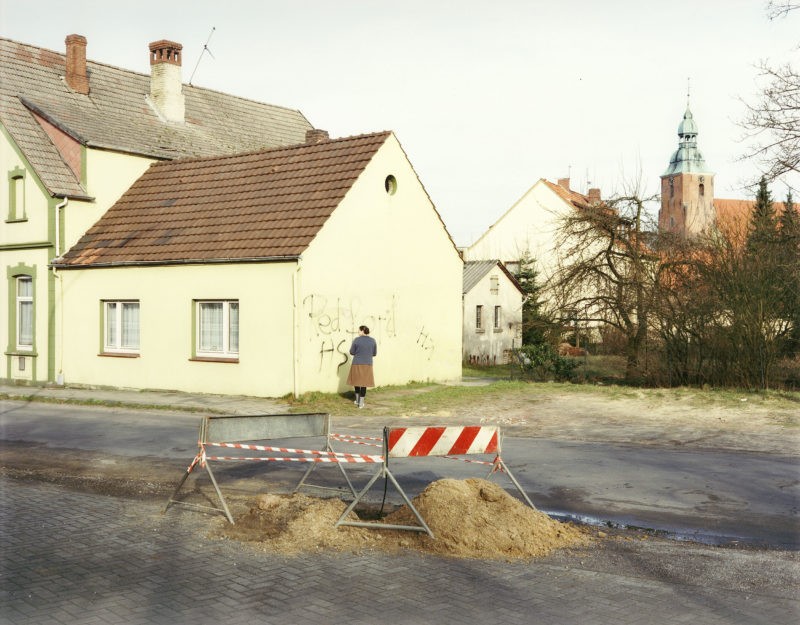
In particular, his pieces often seek to examine why the government makes the choices that it does and examine how these choices and decisions impact the future of society.
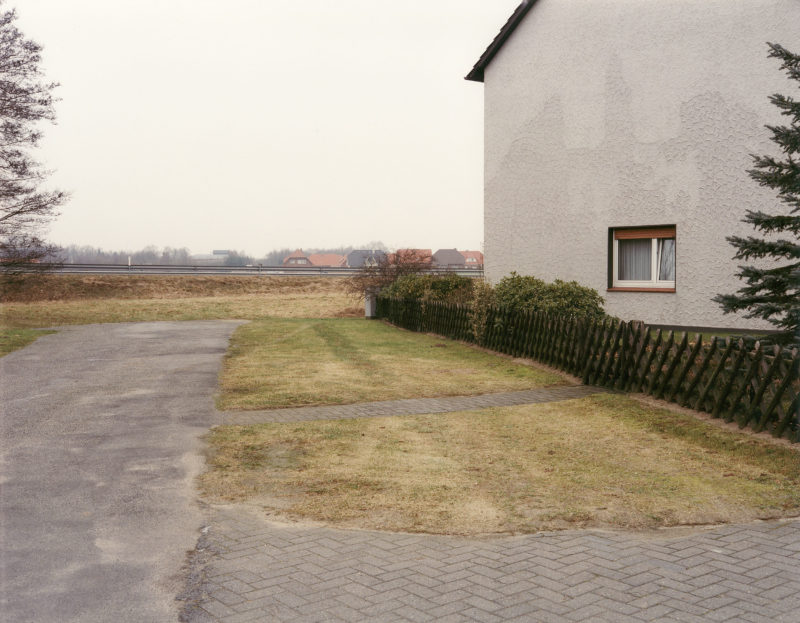
Having studied under renowned master Bernd Becher 3 during his time at the Kunstakademie in Düsseldorf, Berges is known for applying different aspects of humanity and death in his works, and his Cloppenburg series was no different.
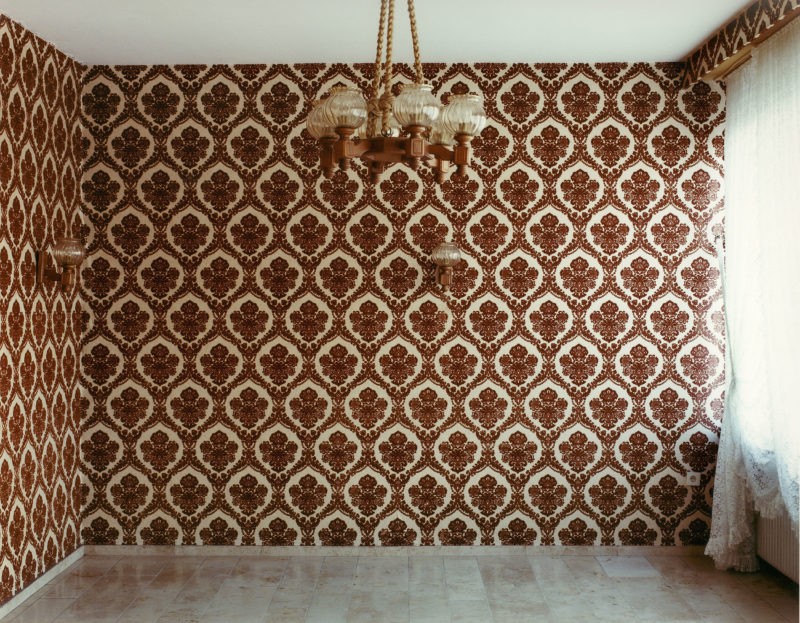
What inspired Berges
In 1988, Berges left for New York 4, where he assisted German photographer Evelyn Hofer (1922-2009), who was best known for city books and portraits. Helping her, he met famous creatives such as architect I. M. Pei and painter David Salle.
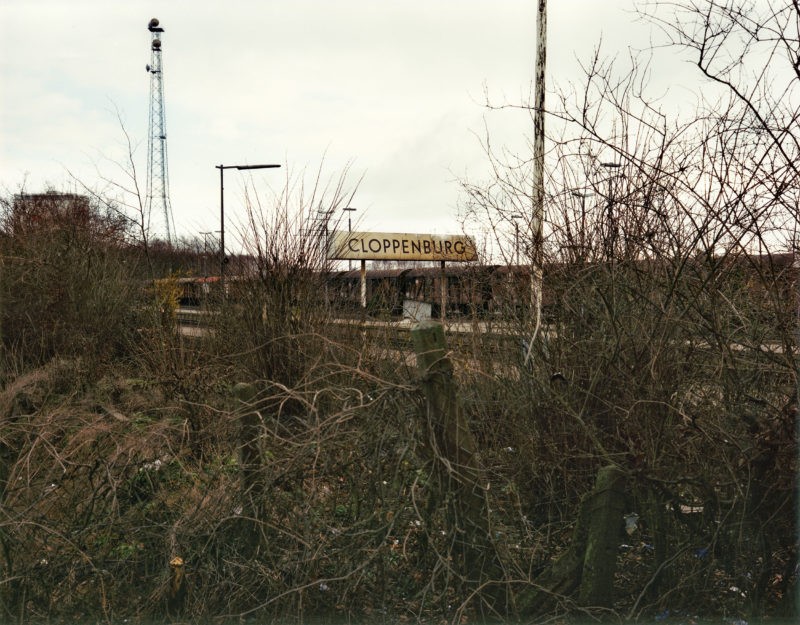
Upon returning to Essen, Germany, where he resumed his studies, he became discontent with his fellow students as well as his teachers, seeing a path for himself as an artistic photographer rather than a photojournalist.
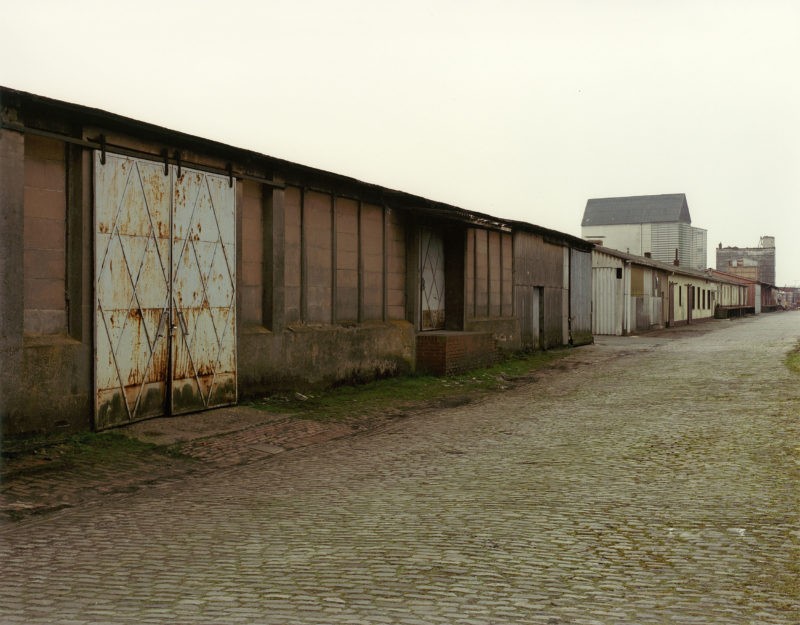
Consequently, he got in touch with other photographers, such as Andreas Gursky 5, Axel Hütte and Thomas Ruff 6, all students of Bernd Becher at the well-known Düsseldorf Academy 7.
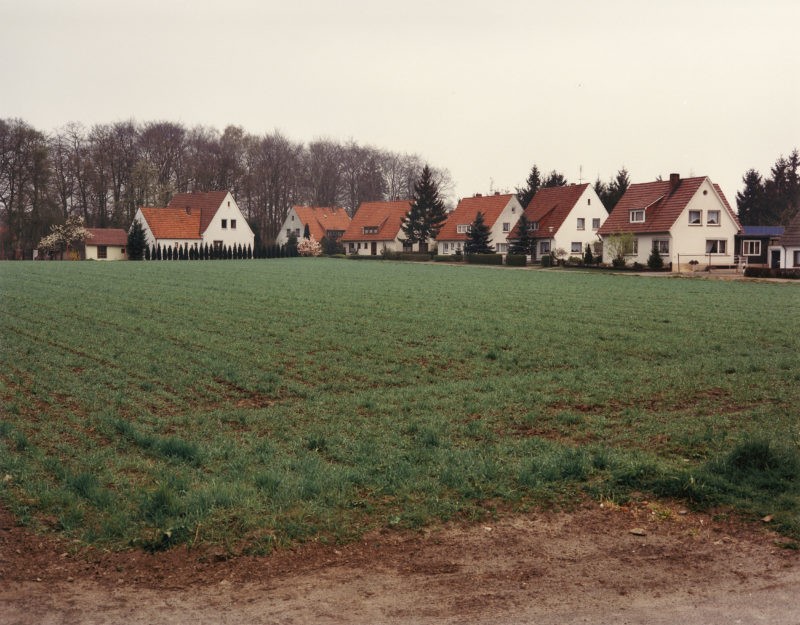
It was during this time that Berges started photographing his hometown. Freshly back from Manhattan 8, he was able to see the place he grew up in from new perspectives.
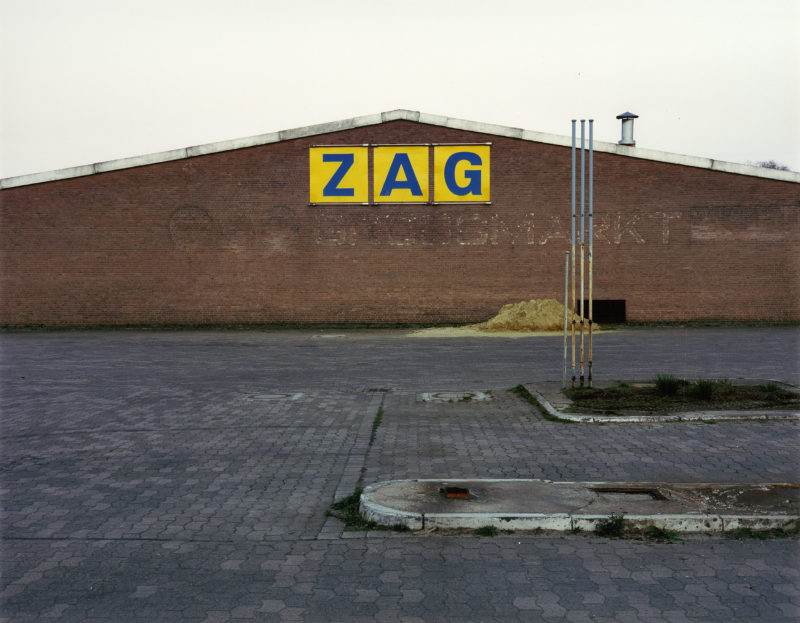
Cloppenburg, 1989–1990
Between 1989 and 1990, Berges created Cloppenburg, a collection of pictures taken in the artist’s hometown. The photos were made up of images of the cloudy and sleepy German city.
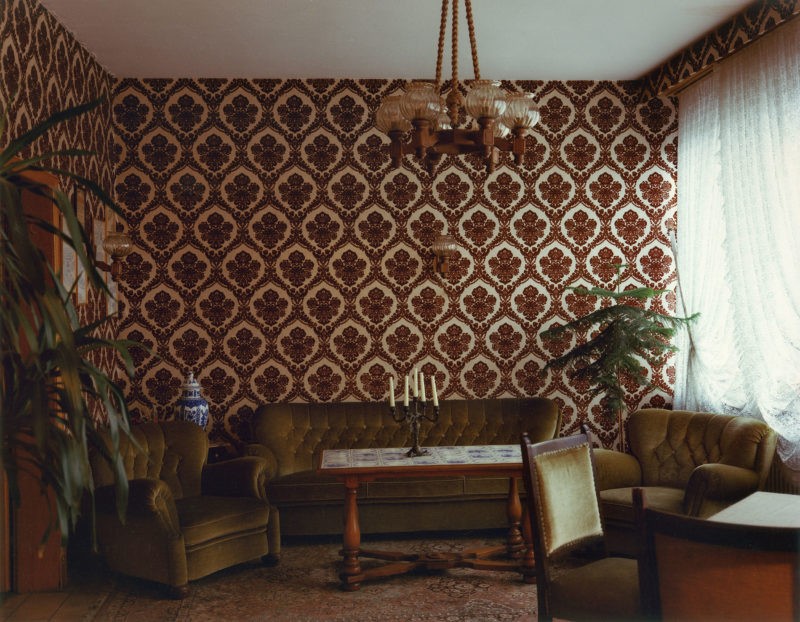
Between images of lush planes and bricked buildings, the artist also made sure to add a touch of color, which consequently made the otherwise sleepy town appear a little more colorful.
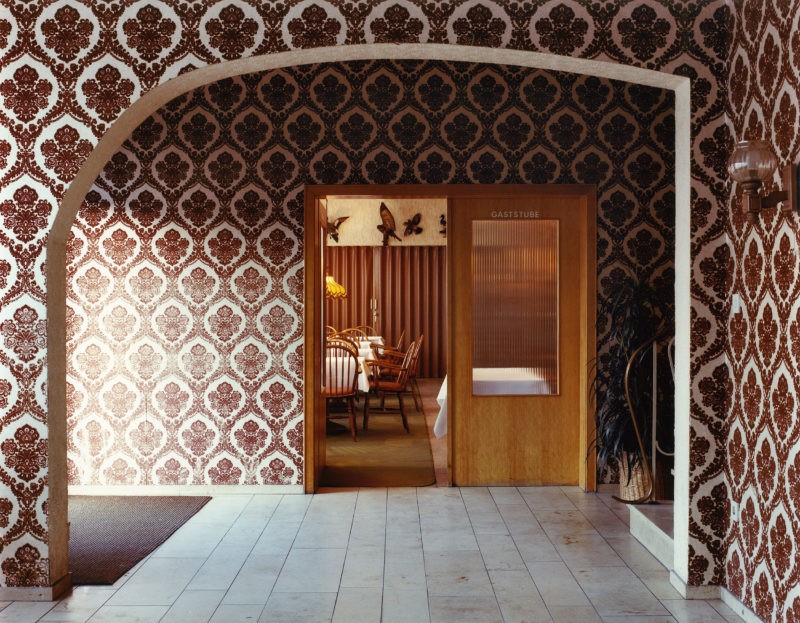
The project consists of beautifully distinctive and moody photographs. Each image, captured more than 30 years ago, is characterized by an air of misery and grief.
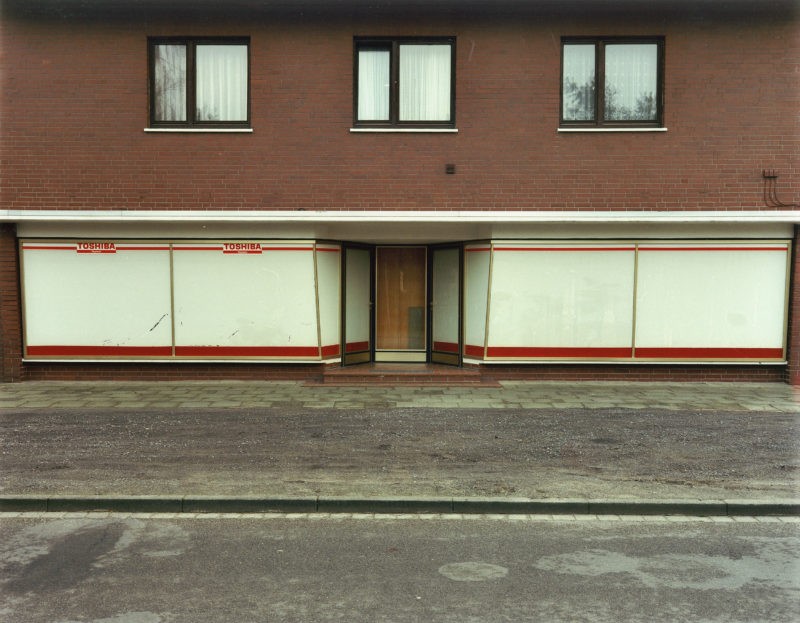
When looked at by a complete stranger, the pictures of Berges’ hometown almost appear like non-places that do not exist. Yet, the audience cannot help but feel connected to Cloppenberg as there is also a certain familiarity to them.
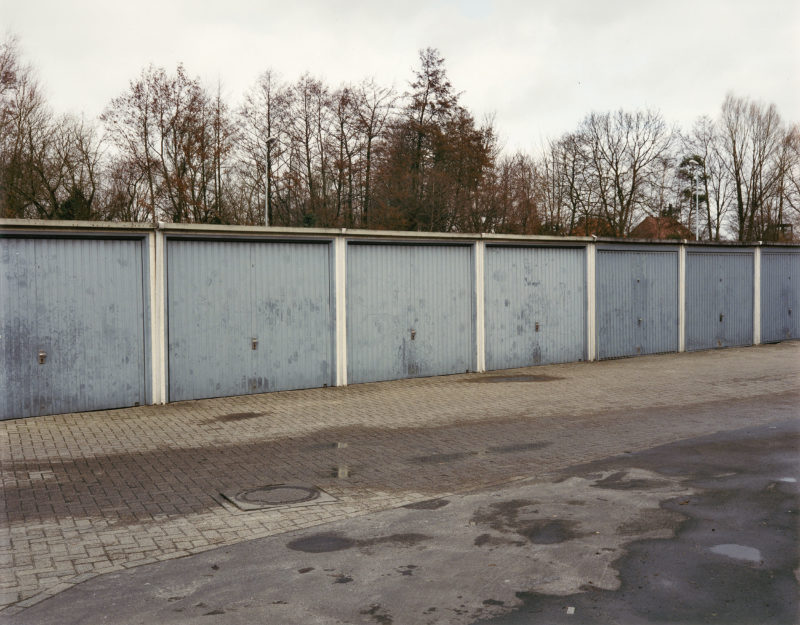
Cloppenburg, 2020 (movie)
In 2020, Markus Gertken 9 released the movie Cloppenburg that references Berges’ photo book of the same name. Actor and filmmaker Gertken used the pictures to tell a story about belated insight into intransigence using green screen technology. The two artists, Markus Gertken and Laurenz Berges have been childhood friends.
Technique
For this project, Berges relied on a medium format camera and color photography. He explained it as follows 1011:
I have the impression that the color means I am more on time. The themes I have worked on over the past few decades are not revealed by just a few pictures. By going so deep, I want to underscore the intensity and importance of the places and do justice to the matter. Visiting places more often enables a comprehensive experience, which should then be reflected in the pictures.
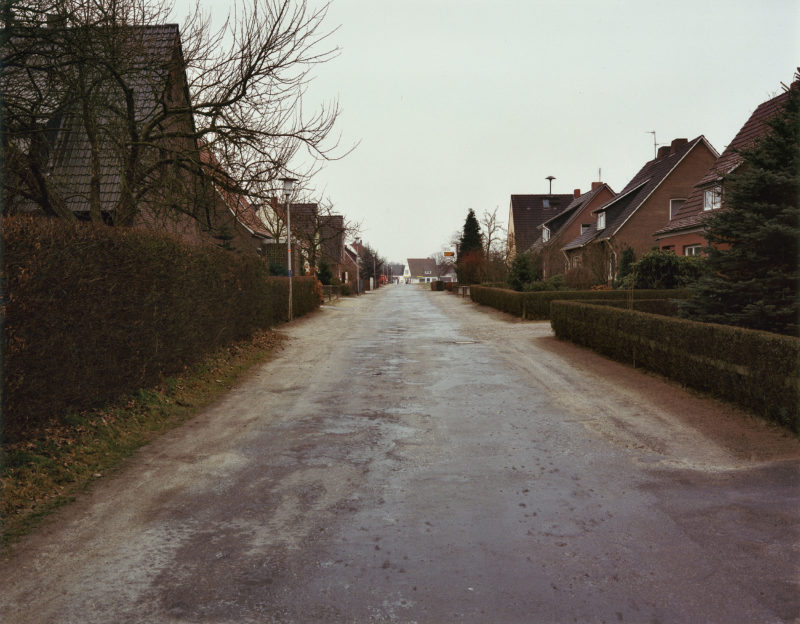
Analysis
Berges’ Cloppenburg series was created to celebrate and share the stories of the various victims that found themselves in an array of barracks in such areas as Schönwalde, Wünsdorf, and other places during the World War.
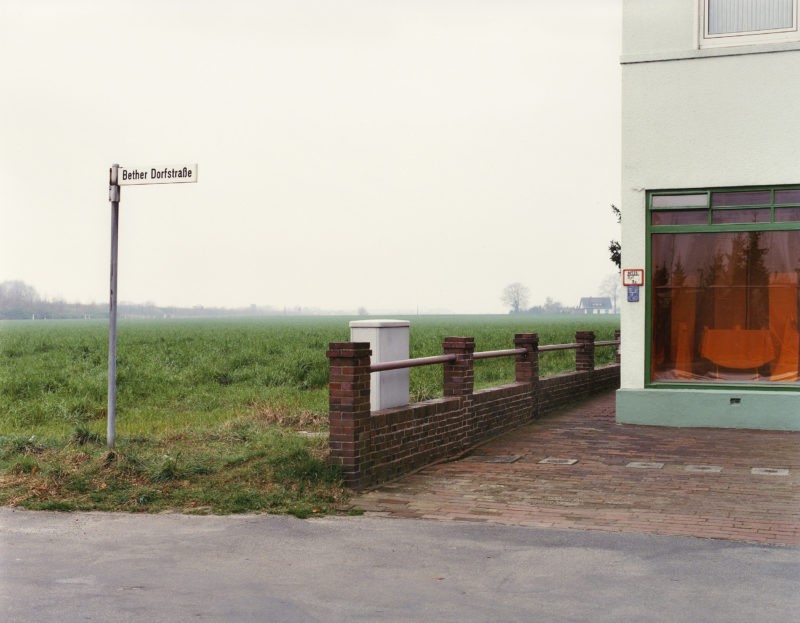
Thanks to this project, their experiences were made accessible by Berges’ pictures, allowing the audience to remember their place in history. As such, Berges said 1213:
These places tell their story in a very peculiar way, almost as if by themselves. In terms of atmosphere, a lot is inscribed in the buildings: in the surfaces, in the facades. It’s my way of reviewing history.

When the photographic medium today seems threatened by digital technologies that are introduced on a daily basis, Berges’ project is vital for challenging the audience’s idea and understanding of time and place.
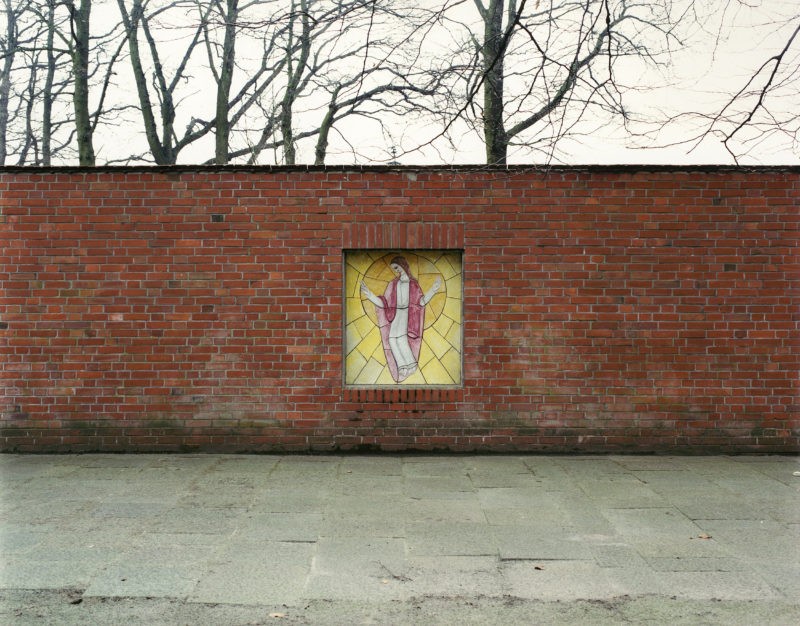
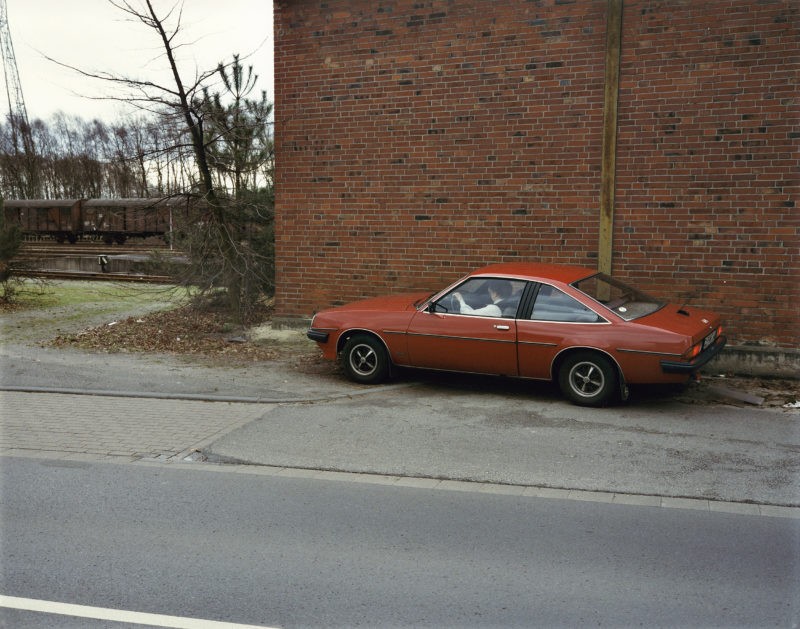
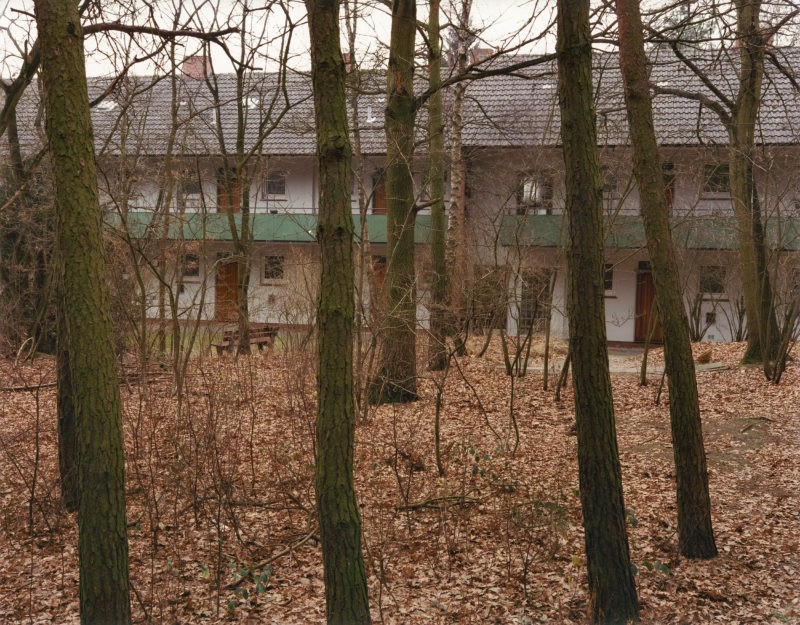
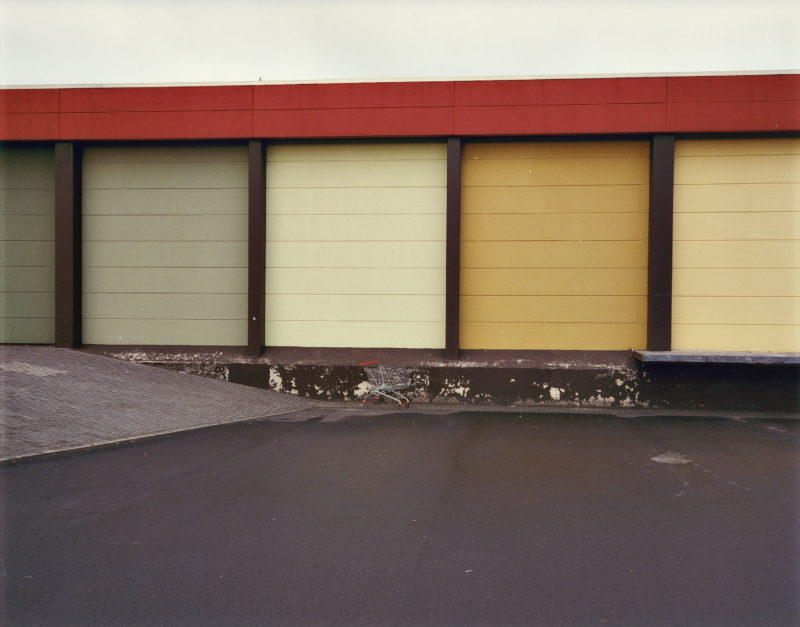
Explore nearby
Cloppenburg, Germany
 Olafur Eliasson turned rivers greenInstallation ended (in 1998)55 km away
Olafur Eliasson turned rivers greenInstallation ended (in 1998)55 km away Ayşe Erkmen footbridge installationInstallation ended (dismantled in 2017)103 km away
Ayşe Erkmen footbridge installationInstallation ended (dismantled in 2017)103 km away Antony Gormley's Horizon Field HamburgExhibition ended (dismantled in 2012)152 km away
Antony Gormley's Horizon Field HamburgExhibition ended (dismantled in 2012)152 km away Brad Downey's McDonald’s mural163 km away
Brad Downey's McDonald’s mural163 km away Christo's Big Air PackageInstallation ended (dismantled in 2010)170 km away
Christo's Big Air PackageInstallation ended (dismantled in 2010)170 km away


